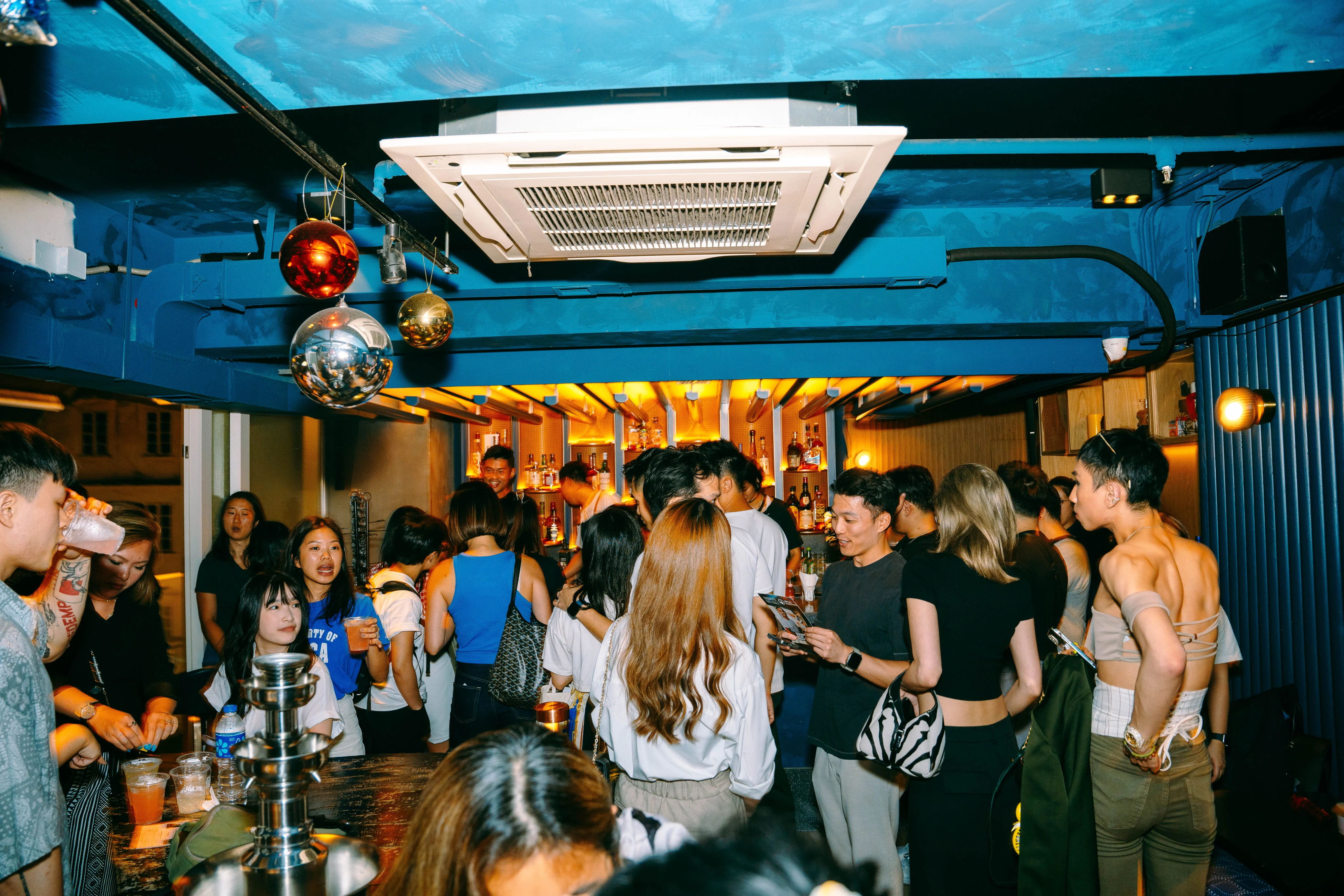By Natasha Tang
Copyright scmp

It is a Wednesday night in Hong Kong, and across the city strangers step into restaurants with a mixture of anticipation and nerves. Some arrive with confidence, others linger at the entrance, scanning for faces that are unfamiliar yet will soon be their dining companions. For the next few hours, they will share dishes, stories and perhaps even a little silence – a dinner date with the aim of leaving with more than a full stomach. At the very least, there will be food; with luck, there might be a connection.
That connection is what dinner party apps like Genie Friends, Eatwith and Timeleft aim for: matching like-minded people over a shared meal to spark encounters that spiral into collaborations and friendships. In a city where schedules can fall apart as quickly as they fill up, people can be left searching for someone or something to punctuate a busy work week. These apps invite diners to step beyond their usual circles, to sit with strangers and to let food and drink act as the bridge.
View this post on Instagram
A post shared by GenieFriends (@geniefriends_)
For restaurants, the model can be a welcome intervention. “When I opened Tabià, I decided to host a table with Timeleft, as I thought it was an interesting concept,” says co-owner Roberto Trento. “It’s a brilliant way to bring people out on days that are a bit quieter and explore restaurants around the city.” For small venues especially, the benefits go beyond a single evening. Social apps act as a form of informal PR, drawing adventurous diners without the costs of campaigns or the reliance on influencers.
Drinks at a secret location often follow Timeleft dinners, and the app recently launched Timeleft Thursdays, where for one night, drinks at a bar replace the usual dinner parties. At Thirsty Shaker, where groups often gather, the crowd can swell dramatically. “Every time there’s a dinner, you get 80 to 100 people at the bar on a Wednesday night – that is always good for business,” says owner Sandeep Hathiramani. Unlike larger establishments that impose high minimums, Thirsty Shaker has leaned into flexibility. Supporting young start-ups, he believes, benefits everyone: the app secures a private space for a few hours, while the bar fills seats that might otherwise sit empty.
View this post on Instagram
A post shared by Timeleft Taiwan (@timeleft.taiwan)
For attendees, the appeal is twofold: meeting new people while discovering new restaurants. Grace Yen, who has tried multiple social apps, says her main focus is on the company, but the consistently high quality of the food has enhanced the experience. “It’s the mix that makes it worthwhile – good conversation paired with good dishes feels especially rewarding,” she explains.
Hong Kong diners are known for their curiosity, always eager to try the next new thing. That makes loyalty elusive, but it also means restaurants using the app can gain exposure to audiences who thrive on variety. In a city where rents are punishing and competition unrelenting, the payoff is simple: an extra table filled on a slower night can mean survival for a small venue. For diners, the value lies in discovery – not only of food, but perhaps even of a new rhythm of eating where restaurants become stages for conversation rather than mere backdrops. Social dining may not transform the industry overnight, but it has created something both sides welcome: full tables, new audiences and evenings that might otherwise never have happened.